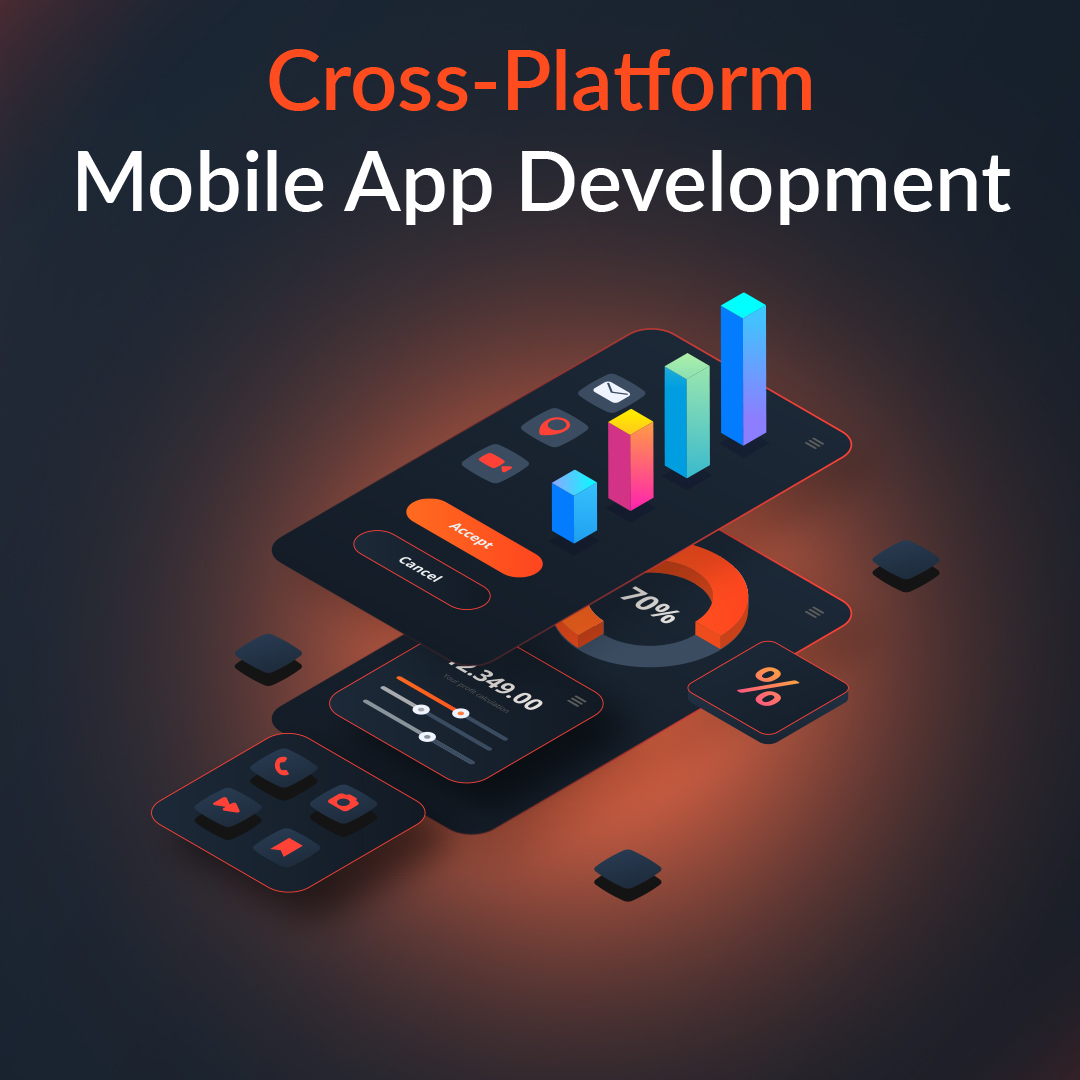In today’s digital world, mobile apps are an important part of everyday life. People use apps for shopping, learning, socializing, and even working. Businesses want their apps to work on all devices, but creating separate apps for each platform can be expensive and time-consuming. This is where cross-platform app development comes in. It allows developers to build one app that works on multiple operating systems like Android and iOS. This approach saves time, money, and effort while reaching a larger audience Learn More at Software Center.
What is Cross-Platform App Development?
Cross-platform app development is the process of creating a single app that can run on different operating systems. Instead of making one app for Android and another for iOS, developers use special tools to write code that works for both. This makes it easier to maintain the app and update it in the future. Developers use frameworks like Flutter, React Native, and Xamarin to build cross-platform apps.
Why is Cross-Platform App Development Important?
Developing apps separately for different platforms can be costly and slow. Cross-platform app development helps businesses save money and time by allowing them to create a single app for multiple devices. It also ensures that users get the same experience no matter what device they are using. Developers can update and fix issues quickly, making apps more reliable and efficient.
Benefits of Cross-Platform App Development
One major benefit is cost savings. Businesses do not have to hire separate developers for Android and iOS, which reduces development expenses. Another advantage is faster development. Since developers write one set of code, they can launch the app more quickly. The apps also have a consistent look and feel across devices, making them more user-friendly. Companies can reach a larger audience because their apps work on different operating systems.
Popular Frameworks for Cross-Platform Development
Several frameworks help developers create cross-platform apps. Flutter, created by Google, is known for its fast performance and beautiful user interface. React Native, developed by Facebook, allows developers to write code once and use it on multiple platforms. Xamarin, owned by Microsoft, is another popular choice for building cross-platform apps. These frameworks provide tools and libraries that make app development easier and more efficient.
Challenges of Cross-Platform App Development
While cross-platform development has many advantages, it also comes with challenges. One challenge is performance. Native apps, which are built specifically for one platform, often run faster than cross-platform apps. Another challenge is limited access to device features. Some cross-platform frameworks do not support all the features of a device, making it harder to create advanced apps. However, as technology improves, these challenges are becoming less of a problem.
How to Get Started with Cross-Platform App Development
To start building cross-platform apps, developers need to choose the right framework. Flutter and React Native are popular choices because they offer great performance and flexibility. Next, developers should learn a programming language like JavaScript or Dart, which are commonly used for cross-platform development. Testing is also an important step. Developers must make sure the app runs smoothly on different devices before launching it.
Conclusion
Cross-platform app development is a smart way to build apps that work on multiple devices. It saves time and money while reaching a larger audience. Businesses and developers can use frameworks like Flutter and React Native to create high-quality apps with a single codebase. While there are some challenges, the benefits outweigh the drawbacks. As technology advances, cross-platform app development will continue to grow, making it easier for businesses to create apps for everyone.

